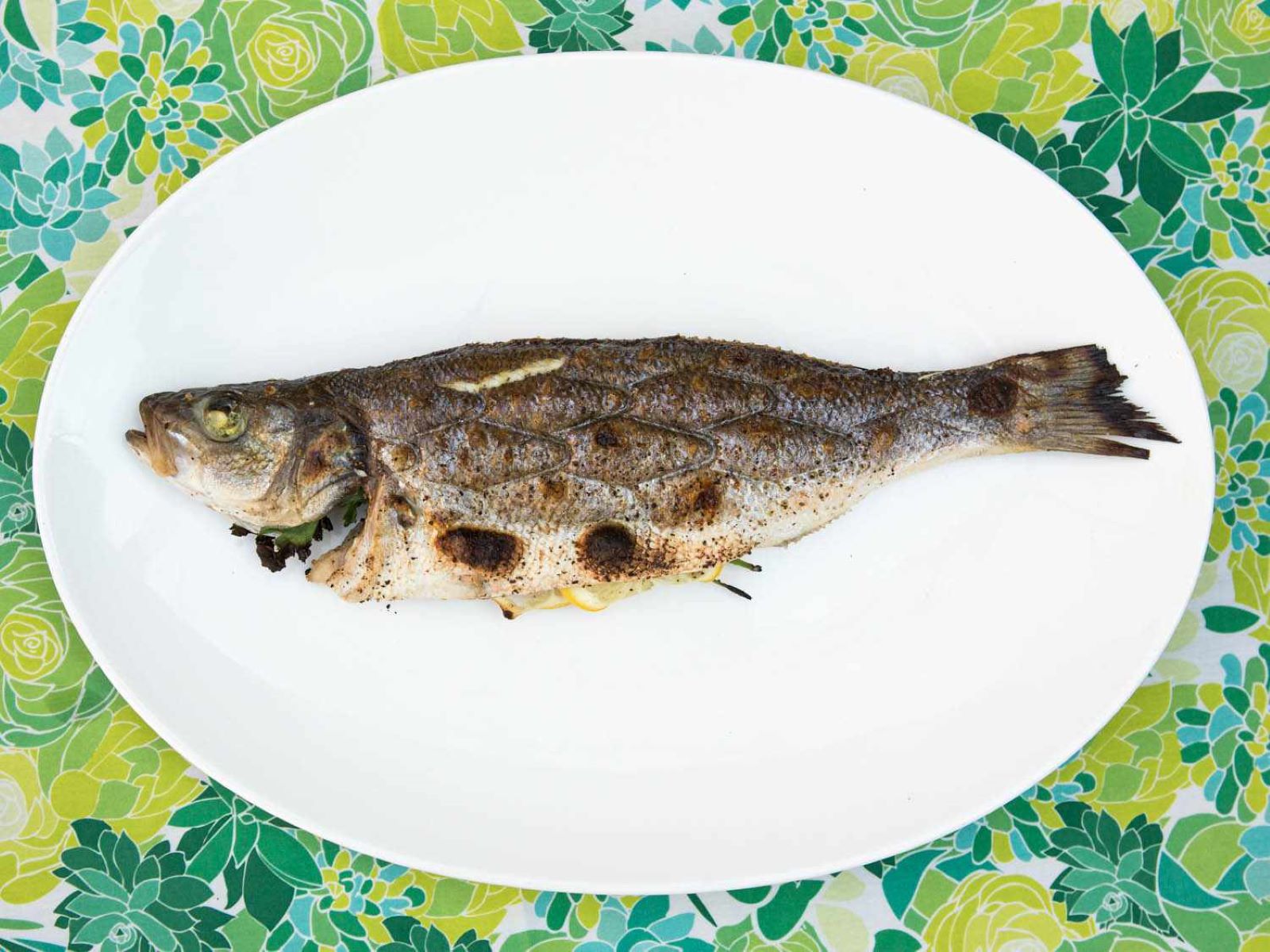

Articles
How To Store Cooked Fish
Modified: February 23, 2024
Learn the best methods to store cooked fish and keep it fresh for longer with our informative articles.
(Many of the links in this article redirect to a specific reviewed product. Your purchase of these products through affiliate links helps to generate commission for Storables.com, at no extra cost. Learn more)
Introduction
Fish is a delicious and nutritious protein source that many people enjoy incorporating into their diets. Whether you’ve cooked up a mouth-watering salmon fillet or made a delicious fish stew, properly storing your cooked fish is essential to maintain its quality and ensure food safety.
When it comes to storing cooked fish, there are several factors to consider. From the type of fish you are storing to the storage containers and methods you use, each decision can impact the taste, texture, and overall freshness of your cooked fish.
In this article, we will discuss the importance of proper fish storage, the factors to consider when storing cooked fish, the different storage containers you can use, and the best methods for refrigeration and freezing. Additionally, we will provide tips on how to reheat your stored cooked fish to maintain its flavorful taste.
By following the guidance outlined in this article, you can ensure that your cooked fish stays fresh, safe to eat, and ready to be enjoyed whenever you’re ready to indulge.
Key Takeaways:
- Properly storing cooked fish is crucial for maintaining its quality, flavor, and safety. Factors such as fish type, storage duration, and containers play key roles in preserving the fish’s freshness and minimizing food waste.
- When reheating stored cooked fish, use gentle methods to prevent overcooking and maintain moisture. Consider adding flavorful touches and avoid reheating previously reheated fish to ensure a delicious and satisfying dining experience.
Read more: How To Store Fish While Fishing
Importance of Properly Storing Cooked Fish
Properly storing cooked fish is not only crucial for maintaining its taste and texture but also for ensuring food safety. Fish is a highly perishable food item, and if not stored correctly, it can quickly deteriorate, leading to bacterial growth and potential foodborne illnesses.
Here are a few reasons why it is essential to store cooked fish properly:
- Preserving Quality: When cooked fish is exposed to air and not stored in optimal conditions, it can quickly lose its moisture, becoming dry and less flavorful. Proper storage helps maintain the quality of the fish by preventing it from drying out and preserving its natural flavors.
- Preventing Spoilage: Cooked fish is susceptible to bacteria growth, which can lead to spoilage and unpleasant odors. By storing your cooked fish properly, you can slow down the growth of bacteria and extend its shelf life.
- Ensuring Food Safety: Improperly stored cooked fish can become a breeding ground for harmful bacteria, such as Salmonella and Listeria. These bacteria can cause food poisoning and pose serious health risks. Following proper storage practices is crucial to prevent foodborne illnesses and keep yourself and your loved ones safe.
- Reducing Food Waste: By storing cooked fish properly, you can extend its shelf life and reduce the likelihood of food waste. This not only helps save money but also minimizes your environmental footprint.
By understanding the importance of properly storing cooked fish, you can ensure a safe and enjoyable culinary experience while minimizing food waste.
Factors to Consider When Storing Cooked Fish
When it comes to storing cooked fish, several factors should be taken into consideration to maintain its quality and safety. These factors include the type of fish, the length of storage, and the storage temperature.
Here are the key factors to consider:
- Type of Fish: Different types of fish have varying shelf lives due to their natural composition and oil content. For example, oily fish like salmon and mackerel tend to spoil faster than white fish like cod or tilapia. Consider the type of fish you have cooked and adjust your storage methods accordingly.
- Storage Duration: The length of time you plan to store cooked fish impacts your storage approach. If you intend to consume it within a day or two, refrigeration alone may be sufficient. However, for longer storage periods, freezing is recommended to maintain freshness.
- Storage Temperature: The temperature at which you store cooked fish plays a crucial role in preventing bacterial growth. Refrigeration temperatures should be set at or below 40°F (4°C), while freezing should be done at 0°F (-18°C) or below. Monitoring and maintaining these temperatures are vital to preserve the quality and safety of the fish.
- Seasonings and Sauces: If you have seasoned or added sauces to your cooked fish, it’s important to consider their impact on storage. Some seasonings and sauces may alter the texture or quality of the fish over time. It’s advisable to store fish separately from heavy sauces or seasonings if you plan to store it for an extended period.
- Proper Packaging: Choosing the right packaging materials is essential to prevent moisture loss, freezer burn, and cross-contamination. Use airtight containers or wrap the fish tightly in plastic wrap or aluminum foil to maintain its moisture and protect it from air exposure.
Considering these factors when storing cooked fish will help ensure that it stays fresh, flavorful, and safe to consume.
Proper Storage Containers
When it comes to storing cooked fish, using the right storage containers is crucial to maintain its quality and prevent contamination. Here are a few options to consider:
- Airtight Containers: Airtight containers, such as glass or BPA-free plastic containers with secure lids, are excellent choices for storing cooked fish in the refrigerator. These containers help retain moisture and prevent odors from permeating. Make sure the containers are properly sealed to keep the fish fresh.
- Ziplock Bags: Ziplock bags are an affordable and convenient option for storing cooked fish in the refrigerator. Ensure that the bags are sealed tightly to prevent air and moisture from entering. It’s essential to use heavy-duty freezer bags if you plan to freeze the fish.
- Aluminum Foil: Wrapping cooked fish in aluminum foil helps maintain moisture and prevents air exposure. It is an easy and effective method for short-term storage in the refrigerator.
- Cryovac Packaging: Cryovac packaging is a vacuum-sealed packaging method that removes air to extend the shelf life of cooked fish. This method is commonly used by fish markets and commercial establishments. If you have access to a vacuum sealer, you can also use it to vacuum-seal your cooked fish at home.
- Freezer-Safe Containers: For long-term storage in the freezer, use freezer-safe containers made of plastic or glass that are specifically designed for freezing food. These containers are durable, resistant to freezer burn, and help maintain the quality of the fish over time.
Remember to label your containers with the date of storage to keep track of freshness and ensure that you use the cooked fish within a safe time frame.
Choose the storage container that suits your needs and ensures the integrity of the cooked fish, allowing you to enjoy its taste and texture when you’re ready to indulge.
Store cooked fish in an airtight container in the refrigerator for up to 3 days. To maintain freshness, place a paper towel in the container to absorb excess moisture.
Refrigeration Method
Refrigeration is an effective method for short-term storage of cooked fish, keeping it fresh and safe to eat for a few days. Follow these steps to properly refrigerate your cooked fish:
- Cool the Fish: Before refrigerating, allow the cooked fish to cool down to room temperature. Placing hot fish directly in the refrigerator can raise the temperature inside, potentially compromising the safety of other perishable foods.
- Wrap or Store: Once cooled, place the cooked fish in an airtight container, ziplock bag, or wrap it tightly in aluminum foil. Ensure that the container or wrapping is securely sealed to prevent air exposure and moisture loss.
- Label and Date: It’s important to label the container or bag with the date of storage. This helps you keep track of the freshness and ensures that you consume the fish within a safe time frame.
- Store in the Coolest Part: Place the container or wrapped fish in the coldest part of the refrigerator, such as the bottom shelf or the meat/vegetable drawer. This area maintains a consistently low temperature, minimizing bacterial growth.
- Consume within a Few Days: Cooked fish stored in the refrigerator should be consumed within 2-3 days to ensure its quality and safety. Avoid keeping it for longer periods, as the risk of bacterial growth increases over time.
While refrigeration helps preserve the quality of cooked fish, it is important to note that it is not a long-term storage solution. If you wish to store cooked fish for a longer duration, it is recommended to follow the freezing method.
By following these steps, you can enjoy your cooked fish for a few days, knowing that it is properly stored and ready to be enjoyed whenever you’re ready to indulge.
Read more: How To Store Smoked Fish
Freezing Method
Freezing is a great option for long-term storage of cooked fish, allowing you to enjoy its freshness and flavor at a later time. Follow these steps to properly freeze your cooked fish:
- Cool the Fish: Similar to refrigeration, it is important to allow the cooked fish to cool down to room temperature before freezing. This prevents condensation and moisture buildup during the freezing process.
- Wrap for Freezing: Wrap each piece of cooked fish individually in plastic wrap or place them in separate freezer bags. This prevents them from sticking together and allows you to easily thaw the desired portion when needed.
- Remove Air: Squeeze out as much air as possible from the freezer bags before sealing them. This helps prevent freezer burn and maintains the quality of the fish during storage.
- Double Wrap or Use Freezer-Safe Containers: For added protection, consider double-wrapping the wrapped fish in aluminum foil or placing them in freezer-safe containers. This provides an extra layer of insulation and further prevents freezer burn.
- Label and Date: Clearly label each wrapped fish or container with the date of freezing. This helps you keep track of the storage time and ensures that you use the oldest fish first for optimal freshness.
- Store in the Freezer: Place the wrapped fish or containers in the coldest part of the freezer, such as the back or bottom shelf. Ensure that the temperature is set at or below 0°F (-18°C) to maintain the quality of the fish.
- Consume within a Few Months: Cooked fish stored in the freezer should ideally be consumed within 2-3 months for the best flavor and texture. While it can be safely stored for longer periods, the quality may gradually decline over time.
- Thawing: When you’re ready to enjoy the frozen cooked fish, thaw it in the refrigerator overnight. Avoid thawing at room temperature as it may lead to bacterial growth. Once thawed, consume the fish within 24-48 hours.
By following these steps, you can safely freeze your cooked fish and enjoy its deliciousness even after an extended period of time.
Note: It’s important to freeze cooked fish only once. Repeated thawing and refreezing can affect its quality and increase the risk of foodborne illnesses. If you have leftover thawed fish that has not been cooked, it should not be refrozen and should be consumed within a few days.
Tips for Reheating Stored Cooked Fish
When it comes to reheating stored cooked fish, it’s important to follow proper techniques to maintain its flavor, texture, and food safety. Here are some tips to help you reheat your fish effectively:
- Refrigerated Fish: If you stored your cooked fish in the refrigerator, it can be reheated using various methods, such as baking, sautéing, or microwaving. The choice of method depends on personal preference and the desired outcome.
- Preheat Oven: When reheating fish in the oven, preheat it to a moderate temperature, around 350°F (175°C). Place the fish on a baking sheet lined with parchment paper or aluminum foil to prevent sticking.
- Moisten the Fish: To avoid dryness, you can lightly brush the fish with a bit of olive oil, butter, or a flavorful sauce before reheating. This helps retain moisture and adds flavor.
- Keep Covered: To prevent the fish from drying out, cover it loosely with aluminum foil or another heat-safe cover during reheating. This helps trap steam and maintain moisture.
- Monitor Temperature: Use a food thermometer to ensure that the internal temperature of the reheated fish reaches at least 145°F (63°C). This ensures that any potential bacteria are eliminated, making the fish safe to consume.
- Freezer-Thawed Fish: If you froze your cooked fish and want to reheat it, it’s best to thaw it in the refrigerator overnight before reheating. Thawed fish tends to reheat more evenly and retains its moisture better than starting from frozen.
- Careful Microwave Reheating: If you choose to use a microwave for reheating, do so in short bursts, checking and stirring the fish in between. This helps distribute the heat evenly and prevents overcooking.
- Consider Flavorful Additions: To enhance the taste of reheated fish, consider adding fresh herbs, a drizzle of lemon juice, or a squeeze of your favorite sauce or dressing. These additions can revive the flavors and make the fish more enjoyable.
- Avoid Overcooking: Be mindful not to overheat the fish, as it can become dry and lose its delicate texture. Remove it from the heat source as soon as it reaches the desired temperature.
Remember that reheating cooked fish too many times can diminish its quality. It’s best to reheat only the portion you plan to consume and avoid reheating previously reheated fish.
By following these tips, you can confidently reheat your stored cooked fish, bringing it back to its delicious and satisfying state.
Conclusion
Properly storing cooked fish is essential to maintain its quality, flavor, and safety. Whether you plan to store it in the refrigerator for a few days or freeze it for longer-term storage, following the right methods can help preserve the taste and texture of cooked fish.
By considering factors such as the type of fish, storage duration, and appropriate storage containers, you can ensure that your cooked fish stays fresh and safe to consume. Refrigeration and freezing are both effective methods, each serving a specific purpose based on your desired storage duration.
When reheating stored cooked fish, it’s important to use gentle methods to prevent overcooking and maintain its moisture. Whether you choose to use the oven, stovetop, or microwave, following proper techniques will help revive the flavors and ensure food safety.
Remember, when it comes to food safety, always trust your senses. If the fish smells off, has an unusual texture, or shows signs of spoilage, it’s best to discard it to avoid any health risks.
By following the guidelines in this article, you can confidently store and reheat cooked fish, ensuring that it remains tasty, enjoyable, and safe for you and your loved ones.
Frequently Asked Questions about How To Store Cooked Fish
Was this page helpful?
At Storables.com, we guarantee accurate and reliable information. Our content, validated by Expert Board Contributors, is crafted following stringent Editorial Policies. We're committed to providing you with well-researched, expert-backed insights for all your informational needs.

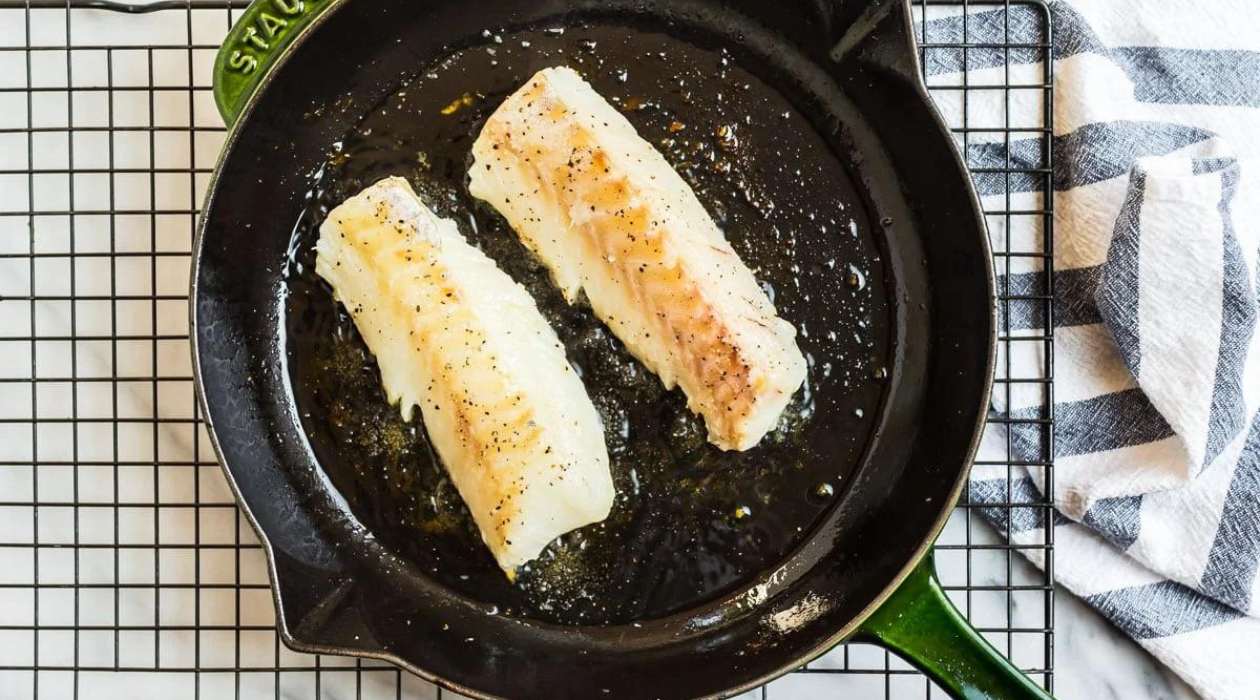

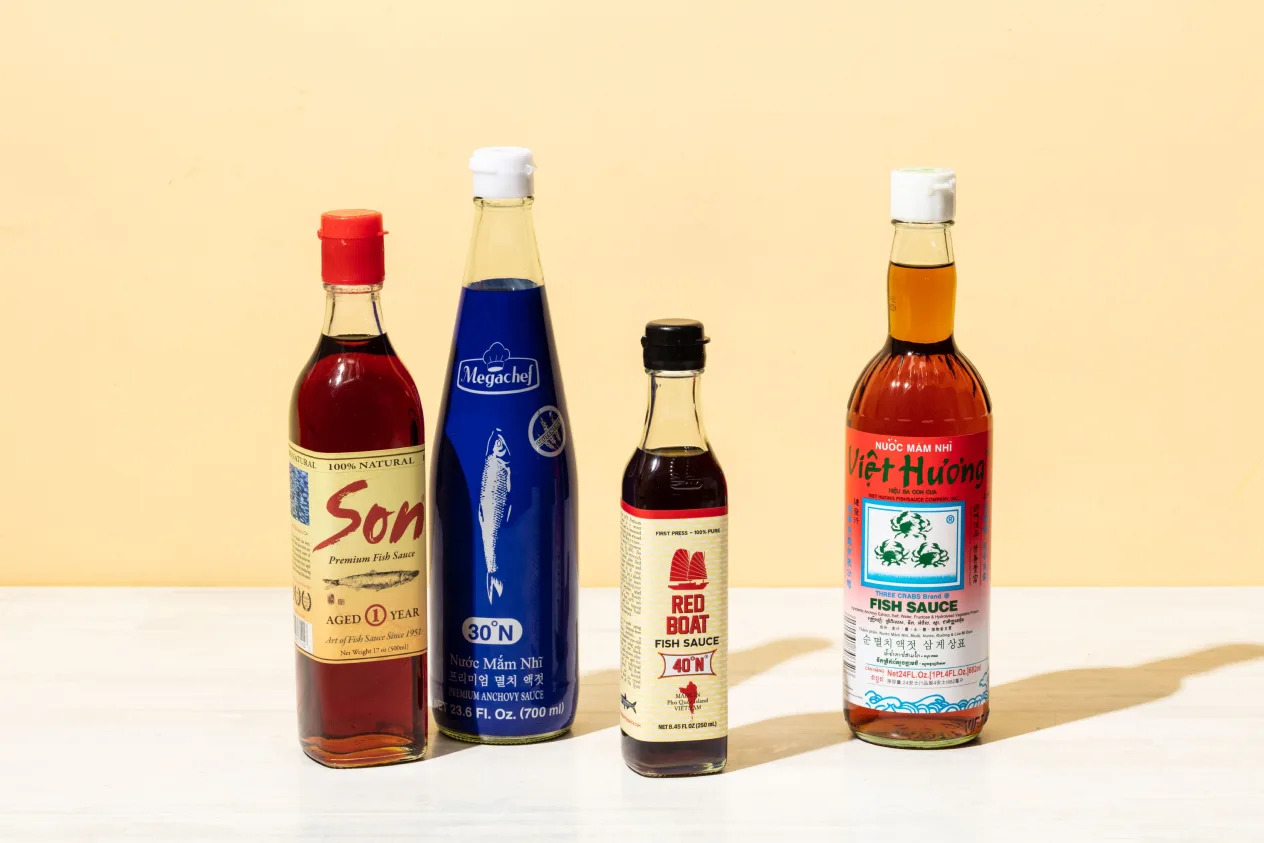
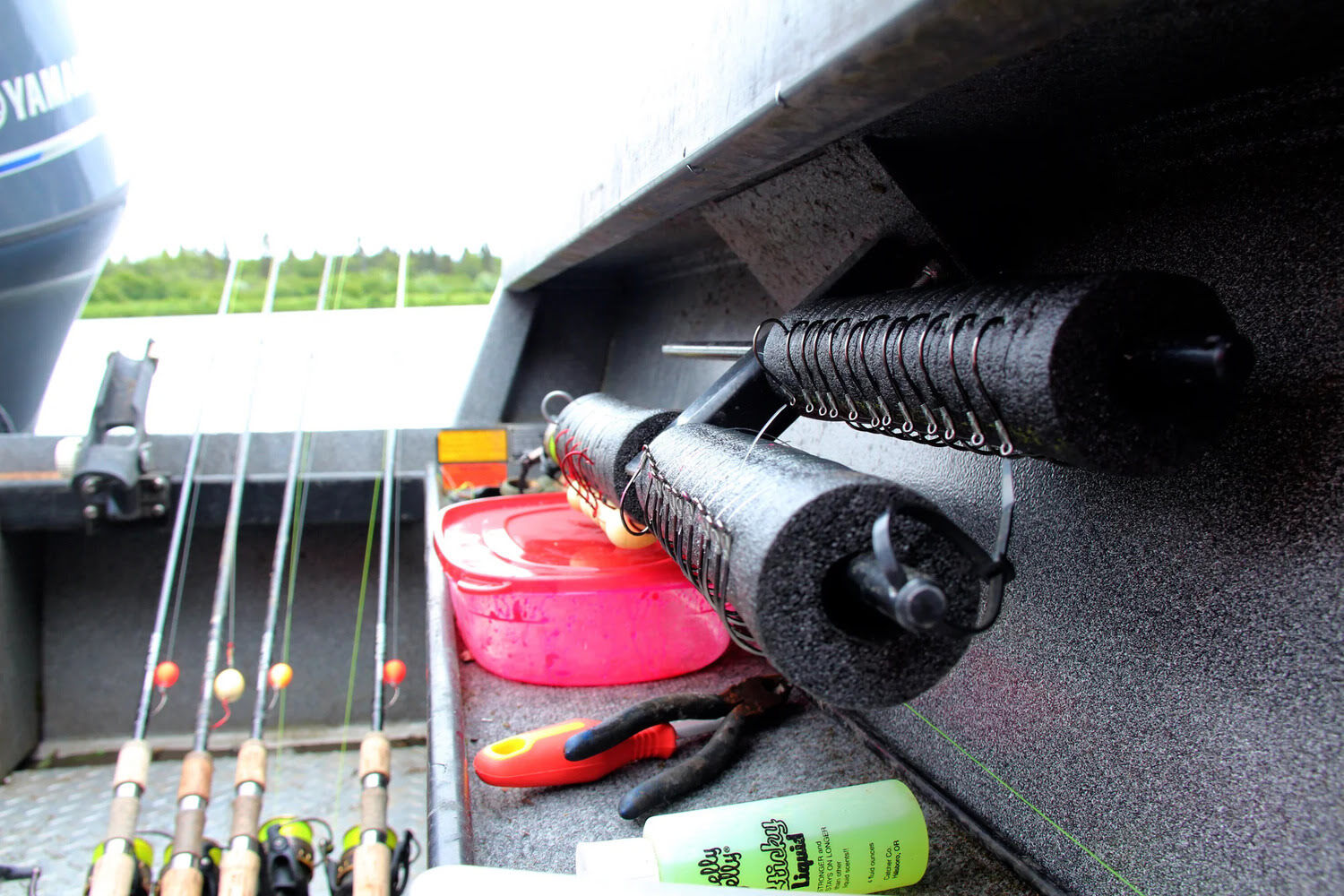
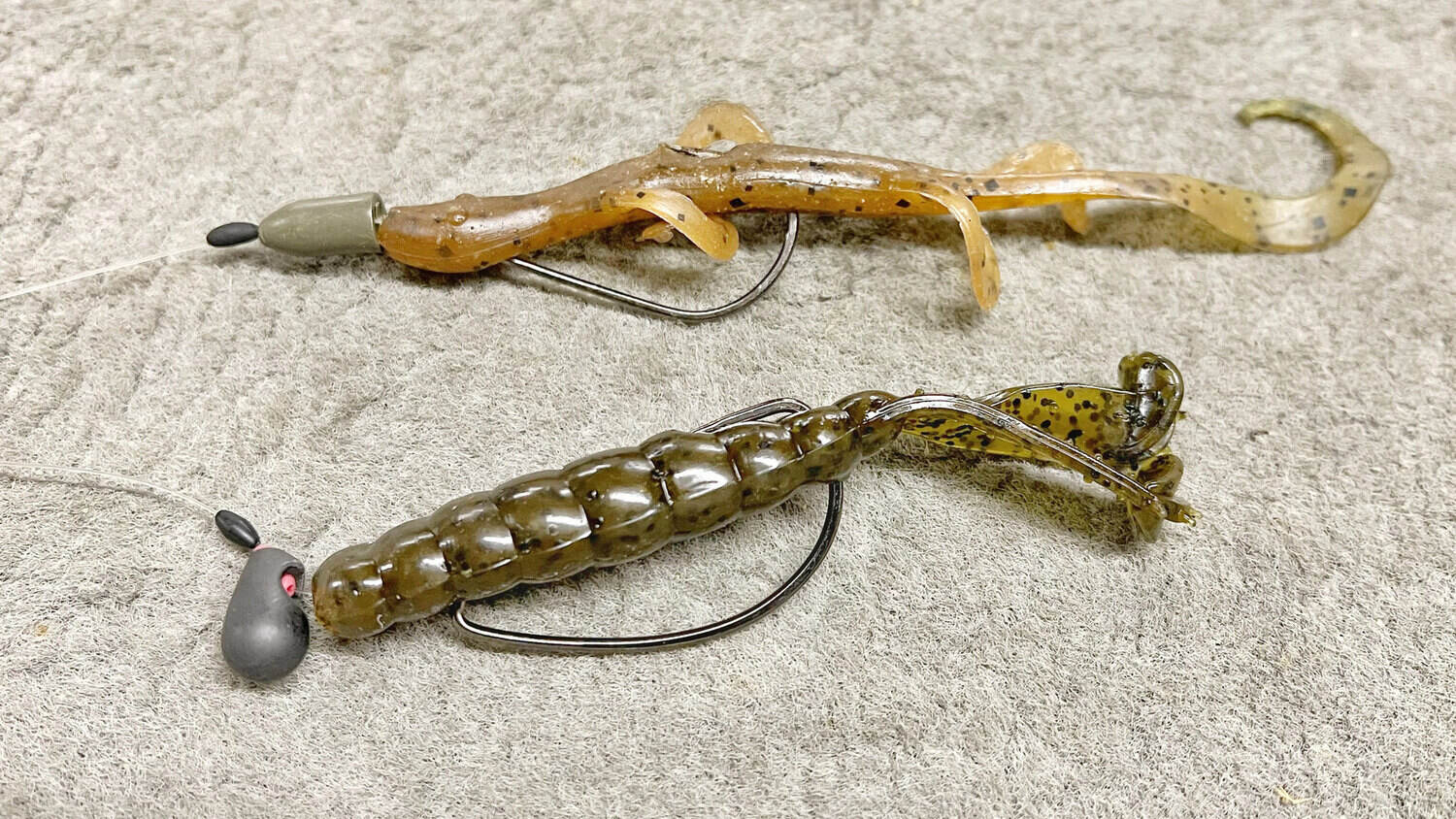
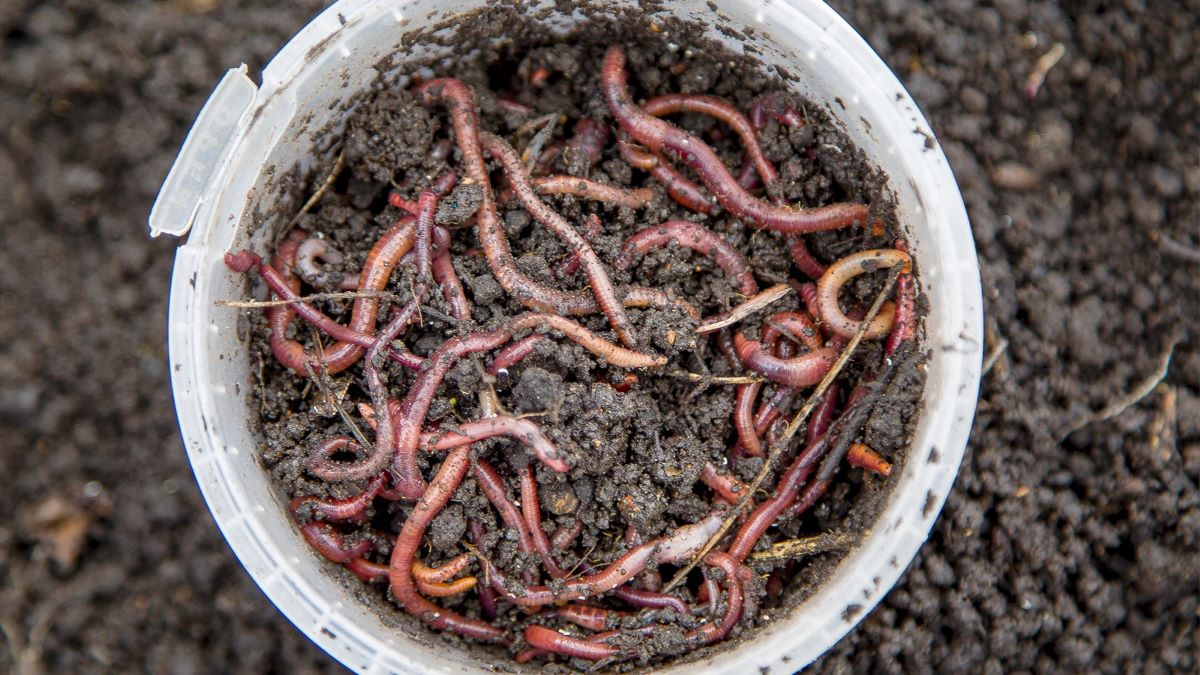
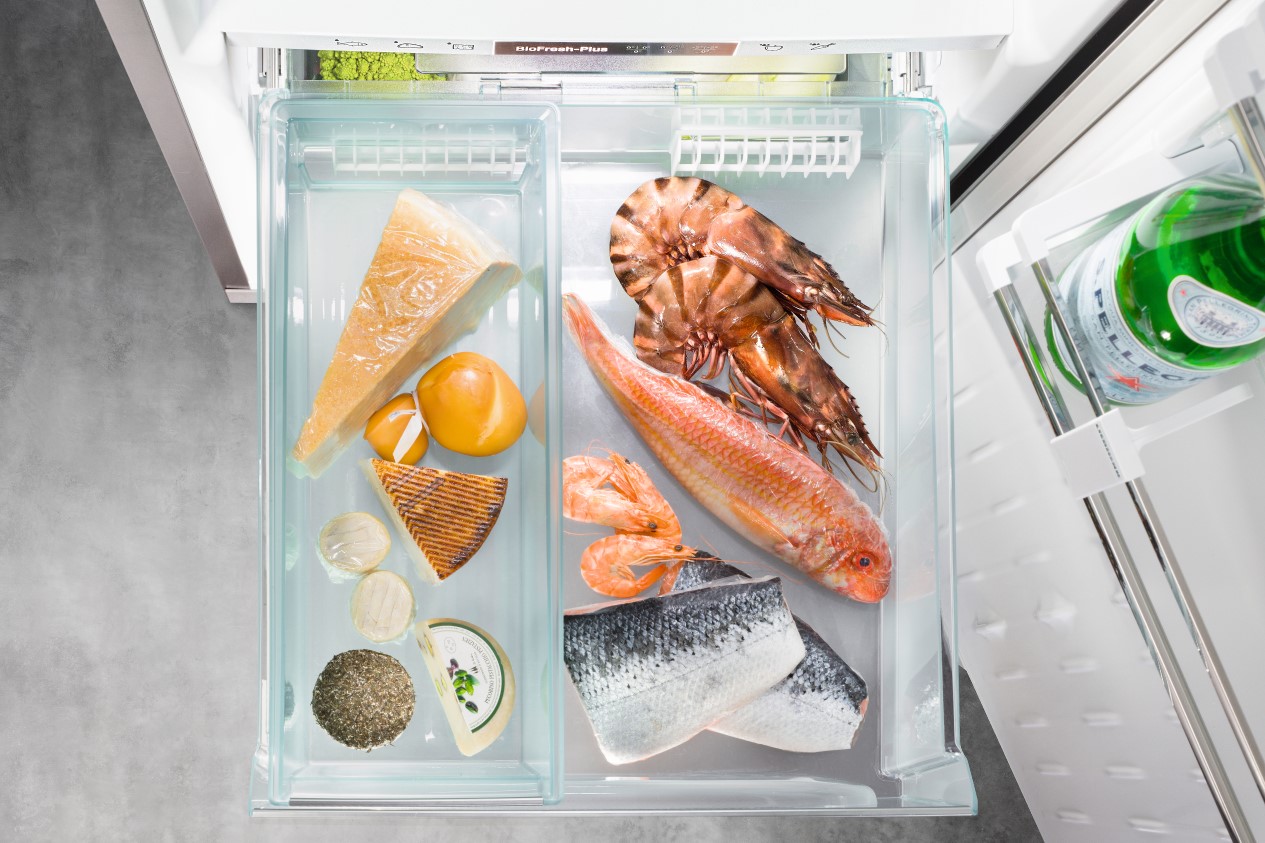
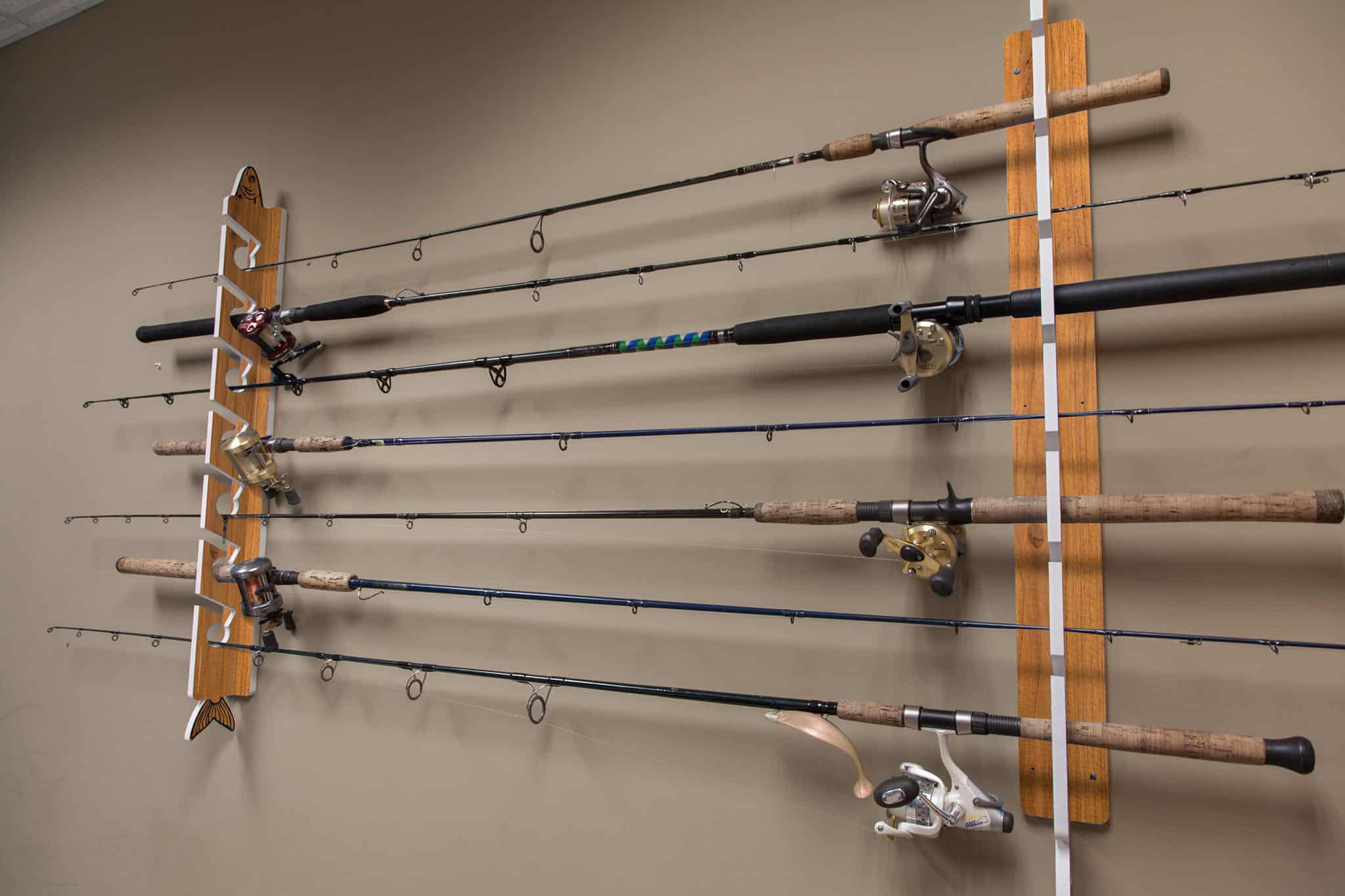

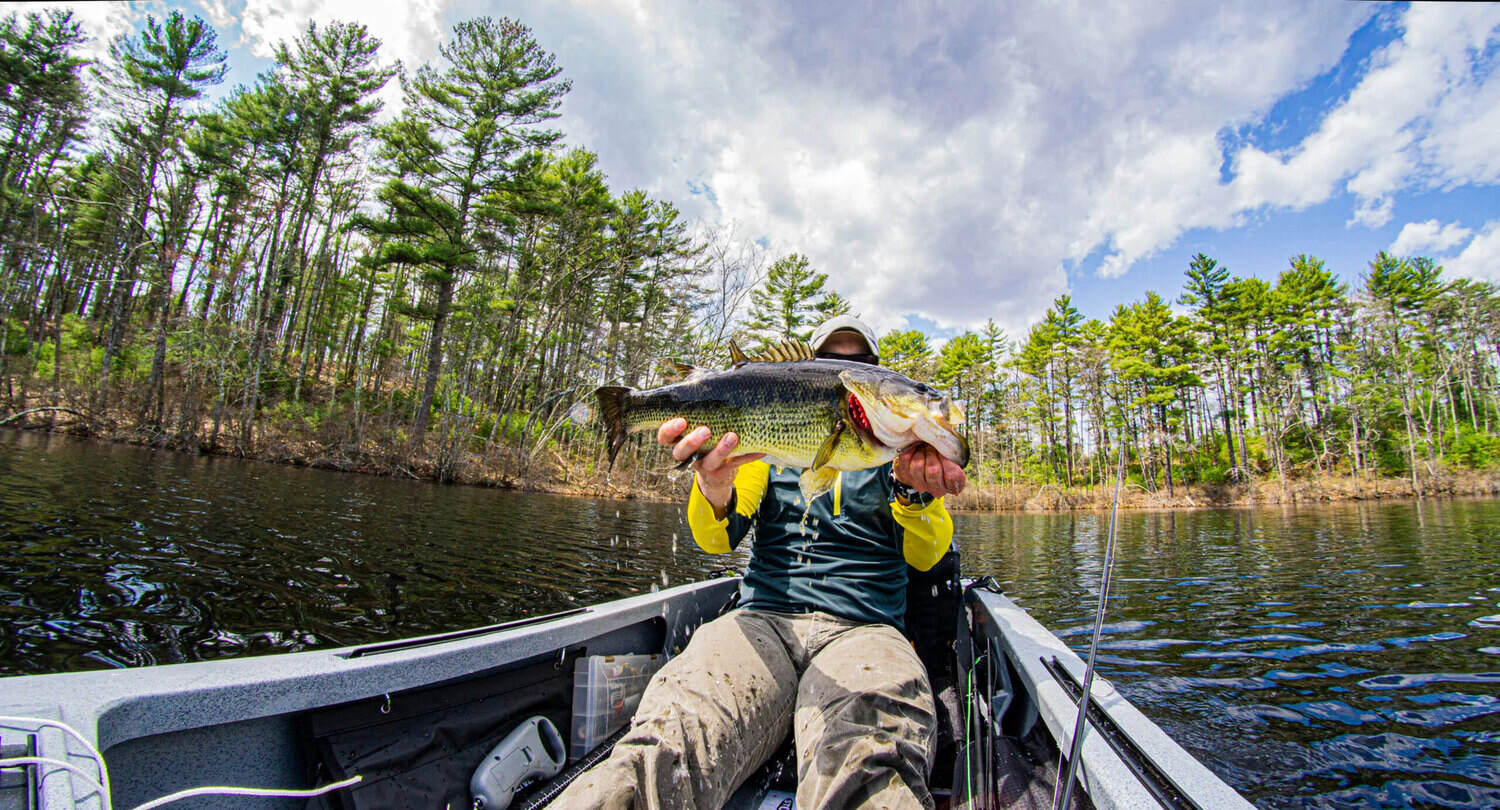


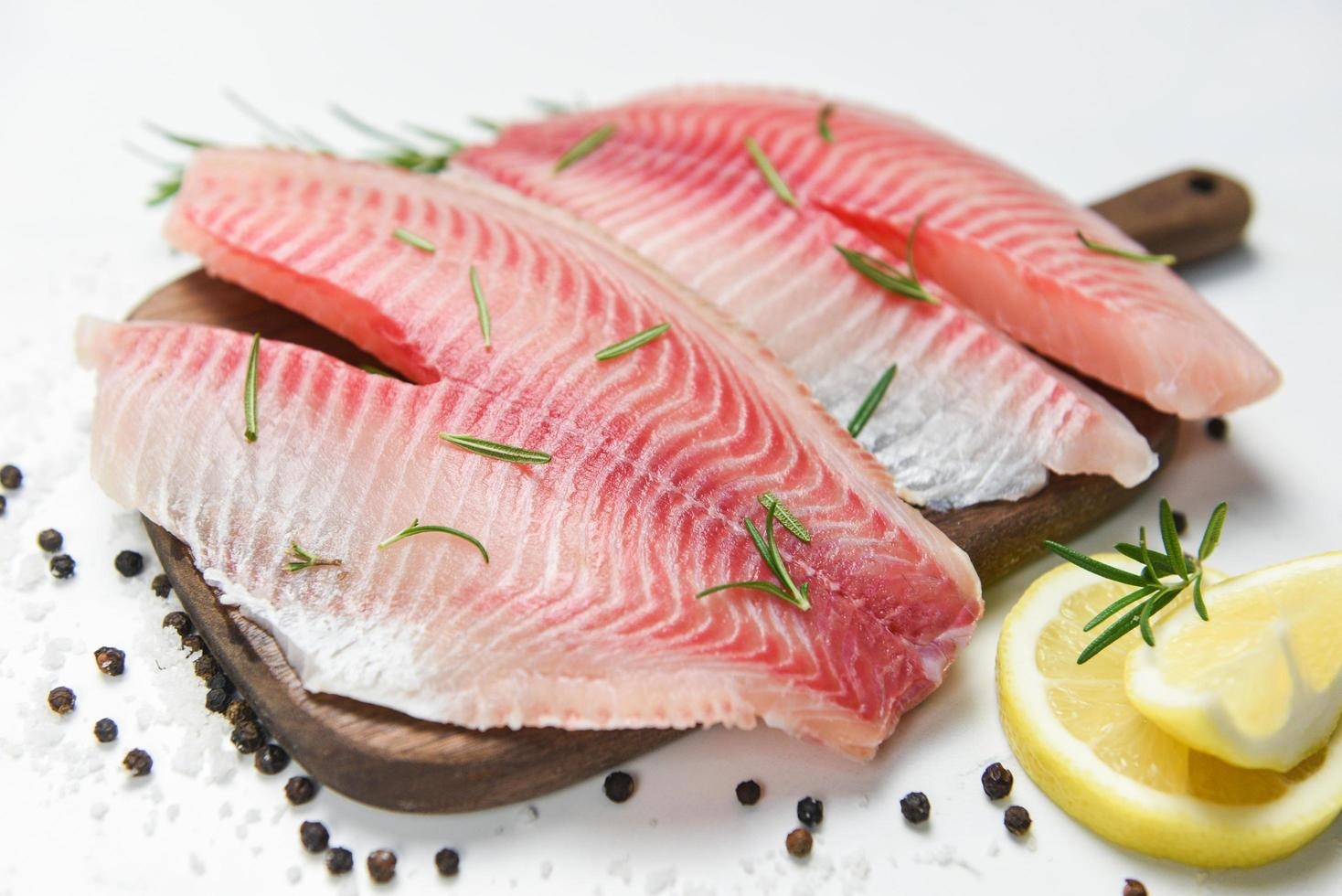

0 thoughts on “How To Store Cooked Fish”